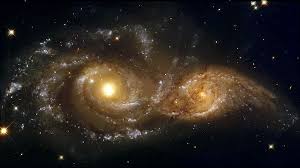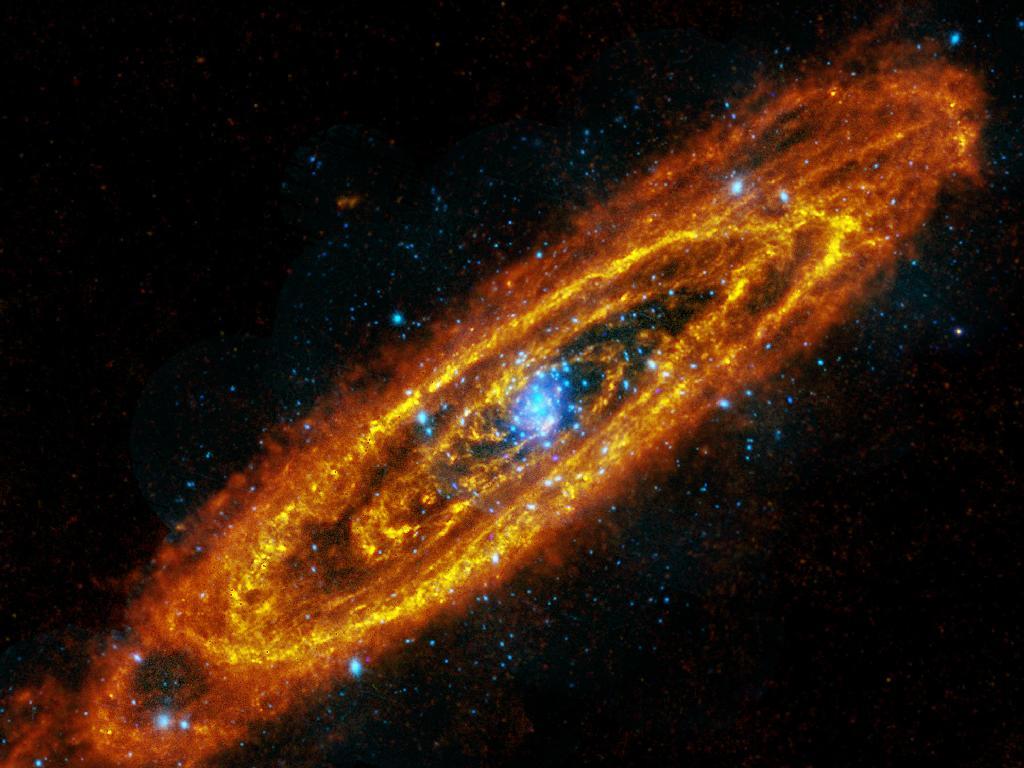WEB IProcess Pyme LITE!
Ideal for small companies that need productive modules, 10 corporate emails, 5 sections, 20 product catalog, 5 SEO campaigns, e-commerce.

 Español
Español
 English
English
In the most remote regions of the universe there are galaxies that are dying. Astronomers want to know why their star formations are fading.
That is also the intention of the first major project carried out by Canada with one of the largest telescopes in the world. A new scientific program, called the Carbon Monoxide Traced Virgo Environment Study (VERTICAL), is closely investigating how the environment kills galaxies.
As the Principal Investigator of VERTICO, I am in charge of leading the team of 30 experts that are using the Atacama Large Millimeter Array (ALMA) to map molecular hydrogen (the fuel that fuels star formations) in high resolution, in 51 galaxies of the grouping closest to our situation, the Virgo Cluster.
Created in 2013 thanks to an investment of 1,400 million dollars, ALMA is a network of radio antennas connected at an altitude of 5,000 meters in the Atacama desert, in northern Chile. The program is part of an international agreement between Europe, the United States, Canada, Japan, South Korea, Taiwan and Chile. ALMA, the largest terrestrial astronomical project in operation, has the most advanced millimeter wavelength telescope in the world, ideal for studying dense clouds of cold gas from which stars are born and which cannot be perceived by the use of visible light.
ALMA`s large research programs, such as VERTICO, are designed to address certain scientific challenges that can trigger major breakthroughs in this field.
Clusters of galaxies
The place that galaxies occupy in the universe and the way they interact with their surroundings (the intergalactic medium) and with each other are aspects that have a lot of influence on their ability to create stars. However, how this environment dictates the life and death of galaxies remains a mystery.
Clusters of galaxies are the largest and most extreme environments in the universe, containing hundreds and even thousands of galaxies. Where there is mass, there is gravity, and the immense gravitational force in clusters causes galaxies to move at breakneck speeds, often thousands of kilometers per second, and heats the plasma between them to such high temperatures that burn with X-rays.
In the inhospitable and dense interior of these clusters, galaxies interact intensively with their environment and with each other. It is these interactions that can annihilate or extinguish your star formation.
The main objective of VERTICO`s collaborative research is precisely to understand which cooling mechanisms stop star formation and how they do it.
The life cycle of galaxies
When galaxies collapse in clusters, the intergalactic plasma rapidly removes the gas through a violent process called "ram pressure stripping." By eliminating the element that serves as fuel to form new stars, the galaxy ends up disappearing and becomes an inert entity in which the creation of stars is impossible.
Also, the high temperatures that occur in clusters can interrupt the cooling of hot gas and condense it on the galaxies. In this case, the gas is not removed by the environment itself, but is consumed during the star formation phase. This process leads to the slow but inevitable suspension of stellar creation, an interruption that receives the admittedly morbid name of starvation or strangulation.
Although these processes vary considerably, each leaves a unique and identifiable imprint in the gas that gives rise to stars. The main objective of VERTICO is to join all these traces to form an image that explains how the clusters produce modifications on the galaxies.
After decades of work in which we have tried to understand how the environment makes the evolution of galaxies possible, our aim is to add an important new piece to the puzzle.
The study of an ideal case
The Virgo Cluster is in the perfect location to carry out a detailed study of its surroundings. It is the closest massive galaxy cluster to us and is in the process of formation, which means that we can take snapshots of the different phases of the life cycle of galaxies. This allows us to expand the picture that explains how star formation fades in galaxy clusters.
The Virgo Cluster galaxies have been observed from virtually all wavelengths of the electromagnetic spectrum (for example, radio, optical, and ultraviolet), but the gas that forms stars has not yet been studied with the necessary sensitivity and resolution. since the wavelength is millimeter.
VERTICO, one of the most important investigations of galaxies carried out at ALMA to date, will be able to provide high-resolution maps of molecular hydrogen (the fuel for star formation) of 51 galaxies.
Thanks to the data collected by ALMA on this remarkable sample of galaxies, it will be possible to find out exactly what elements are destroying galaxies in extreme environments, be it repressive mechanisms, impact depressurization or starvation, and how they are doing it.
By identifying the location of the gas that forms stars within galaxies in which the environment prevents their birth, VERTICO will be able to advance our understanding of the evolution of galaxies in the densest regions of the universe.
Publication Date: 2019-12-30
Source: Ridddle Es, ABC.ES:Toby Brown


.jpg)
.jpg)
.jpg)

Ideal for small companies that need productive modules, 10 corporate emails, 5 sections, 20 product catalog, 5 SEO campaigns, e-commerce.

Ideal to start your presence on the internet, catalog of 5 products, updating documents, hosting, corporate emails and more!

Ideal for small companies that need productive modules, 10 corporate emails, 5 sections, 20 product catalog, 5 SEO campaigns, e-commerce.

Ideal to start your presence on the internet, catalog of 5 products, updating documents, hosting, corporate emails and more!







